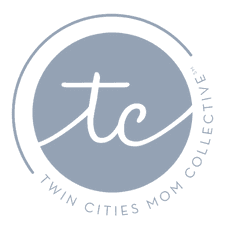
If you’ve ever gotten a letter from the school nurse that says, “A student in your child’s classroom has lice,” then you know the feeling of dread this can instantly cause in the hearts of even the least squeamish moms among us.
Myths abound about how you’re supposed to prevent and treat lice. In fact, there’s so much misinformation out there, it can send grossed-out moms into a frenzied state of needlessly disinfecting the entire house. But if your child comes home with the creepy, crawly bugs in her hair—don’t worry. They’re easier to get rid of than you think.

Let’s dispel some of those myths right now so if you have to deal with lice, you’ll probably still be grossed out, but you’ll be the calmest—and most informed—mom on the block.
How They Spread
Lice are not as agile as most moms think they are. They can’t jump or fly from one child’s head to another with ease. They don’t crawl around on clothing or in hats. In fact, lice die within 48 hours if they’re not hanging out on someone’s head.
Studies have shown it’s extremely rare for lice to transfer to someone else from an inanimate object of any kind—including a child’s pillow. In fact, researchers discovered that live lice were only found on 4% of pillows after a fully infested child slept on it. They also don’t hang out on animals, so you don’t have to worry about the family pets.
Lice spread from direct contact. If you’ve ever gone into your child’s classroom, you’ll see kids in a huddle, heads pressed together, as they work on a problem. These little critters live on human blood and like the little vampires they are, they can smell another head when nearby. When this happens, they’ll happily leave their old home behind for a new one. If you hug your child, there’s a good chance, you’ll get lice, too.
How to Identify Them
There are a few signs to help you know if your child—or anyone in your household—has lice. When nits feed, they bite. Look for red bites behind the ears, on the crown of the head, on the forehead along the hairline, and at the nape of the neck.

Some kids start itching their heads and that can be a sign, but not all kids get itchy. In fact, it usually takes at least a month before kids start to get itchy. If you can see lice, they’ve been on your child’s head for at least four to six weeks. It takes that long for lice to grow large and plentiful enough for you to see them.
However, just inspecting your child’s head doesn’t always help—especially if you don’t know what you’re looking for. The adults move extremely fast and are hard to spot. The teardrop-shaped nits are easier to see. These are eggs attached to individual hairs, close to the scalp. The further away from the scalp these nits are, the longer your child has had lice. And sometimes you can see the nymphs—or baby lice—that look like small brown dots right on the scalp.
How to Get Rid of Them
The first line of attack most moms think of is to head to the drugstore to purchase special shampoos and lice-killing kits. Elimite is the first go-to. This is a synthetic permethrin or ground up Chrysanthemums. Flowers have been used to repel bugs for thousands of years. You need to use Elimite when you discover your child has lice. Use the lice comb to remove the nits. One week later, any nits not destroyed by the lice comb will hatch brand new baby lice. These lice take seven days to lay new eggs. If you repeat the Elimite treatment during this time, the lice should be gone. However, as you likely know if you’ve tried to get rid of the lice yourself – sometimes the lice have learned to avoid these tactics.

I used Elimite on the day I noticed lice crawling in the part of my five-year-old daughter’s hair. Even though I likely didn’t have lice myself, and it takes at least four weeks for lice to cause itching, I immediately started to itch. My entire family used Elimite shampoo on day one and again on day eight. We used lice combs daily and let me tell you, this wasn’t fun. The comb tines are so close that it pulls your child’s hair and my girls let me know it.
Lice die within forty-eight hours without blood and almost never live on anything but human hair. Even though I knew that, all sheets, hats, clothes, and stuffed animals in our house were either dry cleaned or put in the dryer to heat up for sixty minutes and then kept in closed bags for two weeks. (Except the blankie and pillowcase – those are sitting in a landfill – sorry, Mother Earth!). My girls and I survived the trauma, but I lost whatever Mommy points I had for a few years.
My advice? If you can afford it, take your child to a company that specializes in getting rid of lice. One year after my daughter had lice, the Minnesota Lice Lady set up shop one block away. I’ve heard only positive feedback. They can do head checks of everyone in the family and in just one sitting, can eradicate the problem if your child does have an infestation without using chemicals.
In a session that could last up to two hours, lice experts use a special professional grade nit comb to carefully comb through the hair strand, capturing any adult or newly hatched lice. They use a special spray on the hair to loosen the glue that binds the eggs to the hair follicles so by the time they’re done, there’s a good chance your child is entirely lice-free.
In fact, most lice experts have such a high success rate, they guarantee their work and will provide free or reduced-rate screenings to double-check. This option is more expensive than treating lice at home.
How to Prevent Them
Moms – it’s not your fault. Lice have spent millions of years perfecting their trade. They love clean hair and kids that smell good. To keep your children from getting lice, there are two ways to prevent them.
- Use shampoos that smell like plants. Lice are attracted by the smell of a human head. If your child uses a shampoo that smells like tea tree oil, it can mask their human scent and deter lice.
- Avoid the huddle. Tell your child to make sure they’re not touching their head to a classmate’s during school. Explain how lice are spread and it should help them remember.

Lice are a part of our lives, but thankfully, they aren’t that hard to get rid of.
The Urgency Room (UR) is a state-of-the-art medical facility specializing in the treatment of acute injuries and illnesses in adults, children, and infants. Staffed with board-certified emergency physicians, the UR is prepared to handle it all. If you need immediate medical attention and don’t need an ambulance come to The Urgency Room




